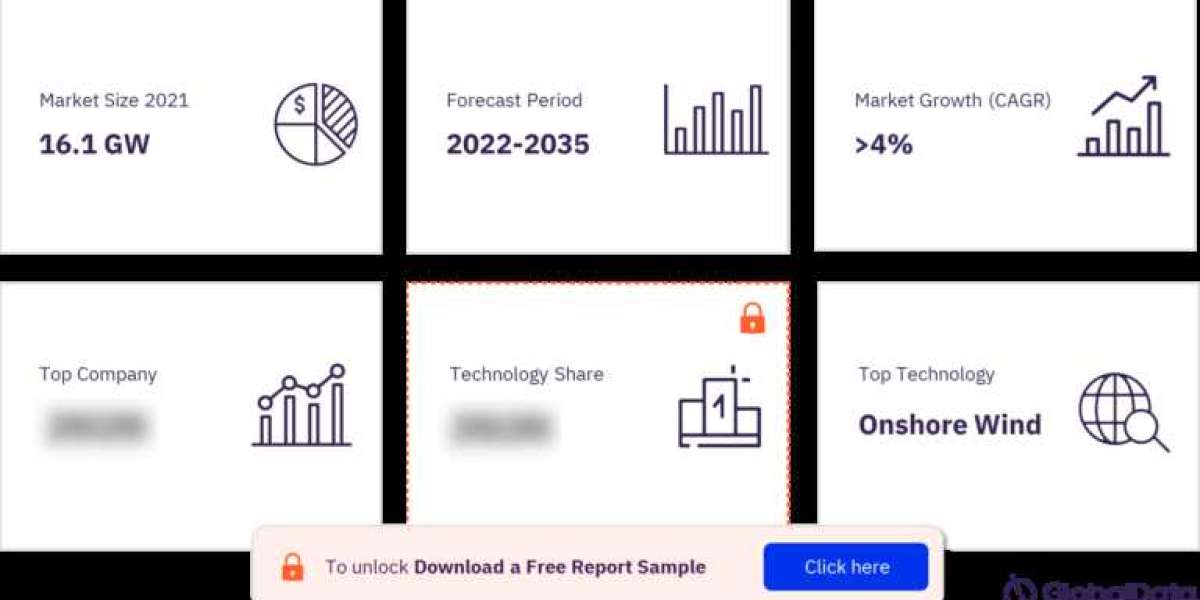Introduction
Denmark's electricity market is a fascinating and complex system, renowned for its pioneering strides in renewable energy. As one of the global leaders in sustainable energy practices, Denmark’s approach to electricity generation, distribution, and consumption offers valuable insights into creating a balanced and eco-friendly energy sector. But what makes Denmark’s electricity market tick? Let’s dive into its various facets.
History of Denmark’s Electricity Market
Early Development
Denmark’s journey in the electricity market began in the late 19th century with the establishment of the first power plants. These early systems were small and localized, primarily serving industrial and urban areas.
Transition to Renewable Energy
The real transformation started in the late 20th century when Denmark shifted its focus towards renewable energy. The oil crises of the 1970s were a catalyst, prompting the nation to reduce dependency on fossil fuels. By the 1990s, Denmark had begun to significantly invest in wind energy, setting the stage for its current status as a renewable energy powerhouse.
Current State of the Electricity Market
Market Structure
Today, Denmark’s electricity market is liberalized and operates within the framework of the European Union’s energy market. This structure promotes competition among energy providers and ensures a fair playing field.
Key Players
Key players in Denmark’s electricity market include Energinet, the national transmission system operator, and various energy companies like Ørsted and Vattenfall. These entities are crucial in maintaining the stability and efficiency of the electricity supply.
Regulatory Framework
Government Policies
Denmark’s government has implemented robust policies to support the electricity market, focusing on sustainability and innovation. These policies include subsidies for renewable energy projects and stringent regulations on carbon emissions.
Role of the Danish Energy Agency
The Danish Energy Agency plays a pivotal role in overseeing the market. It ensures compliance with regulations, promotes energy efficiency, and supports the development of new energy technologies.
Renewable Energy in Denmark
Wind Power
Denmark is synonymous with wind power, with wind turbines dotting the landscape and offshore areas. The country generates nearly 50% of its electricity from wind energy, a testament to its commitment to renewable sources.
Solar Energy
While not as dominant as wind power, solar energy is gaining traction in Denmark. Advances in technology and decreasing costs are making solar installations more viable across the country.
Biomass and Biogas
Denmark also utilizes biomass and biogas as part of its renewable energy mix. These sources are particularly important in providing stable and reliable energy, complementing the intermittent nature of wind and solar power.
Electricity Generation and Consumption
Sources of Electricity
Denmark’s electricity comes from a diverse range of sources. Wind and solar dominate the renewable sector, while natural gas and biomass also play significant roles in the energy mix.
Consumption Patterns
Electricity consumption in Denmark is characterized by high efficiency and low wastage. The country’s focus on energy efficiency means that both residential and industrial consumers use electricity judiciously.
Grid Infrastructure
National Grid
The national grid, managed by Energinet, is a highly advanced system that ensures the reliable distribution of electricity across Denmark. It is designed to handle the variable inputs from renewable sources efficiently.
Interconnections with Neighboring Countries
Denmark is well-connected to its neighbors, including Germany, Sweden, and Norway. These interconnections allow for the exchange of electricity, enhancing grid stability and enabling Denmark to export excess renewable energy.
Electricity Prices
Factors Affecting Prices
Several factors influence electricity prices in Denmark, including the cost of raw materials, government taxes, and subsidies, and the balance between supply and demand.
Price Trends
In recent years, electricity prices in Denmark have remained relatively stable, thanks to the increasing share of renewable energy, which has lower marginal costs compared to fossil fuels.
The Role of Technology
Smart Grids
Denmark is at the forefront of implementing smart grid technology. These grids enhance the efficiency of electricity distribution and enable better integration of renewable energy sources.
Innovations in Energy Storage
Energy storage is a critical area of innovation. Denmark is exploring various technologies, including batteries and other storage solutions, to manage the intermittent nature of renewable energy.
Environmental Impact
Reduction in Carbon Emissions
Denmark’s focus on renewable energy has significantly reduced its carbon emissions. The country has set ambitious targets for carbon neutrality, aiming to become one of the first countries to achieve this goal.
Sustainability Initiatives
Beyond reducing emissions, Denmark has various sustainability initiatives in place. These include promoting electric vehicles, enhancing energy efficiency in buildings, and supporting green technologies.
Challenges and Opportunities
Market Challenges
Despite its successes, Denmark’s electricity market faces challenges, such as the need for continuous innovation, managing grid stability with increasing renewable inputs, and maintaining affordability.
Future Opportunities
Opportunities abound in further expanding renewable energy capacities, enhancing storage solutions, and integrating more sophisticated technologies into the grid.
Consumer Perspective
How Consumers Buy Electricity
Consumers in Denmark have multiple options for purchasing electricity, including choosing between different providers and opting for green energy plans. This competition helps keep prices fair and services high-quality.
Energy Efficiency Programs
Denmark has numerous programs aimed at helping consumers improve their energy efficiency. These include incentives for upgrading home insulation, installing energy-efficient appliances, and utilizing smart home technologies.
Future Trends
Predicted Market Changes
The future of Denmark’s electricity market is likely to see even greater emphasis on sustainability, with increased renewable energy production and more advanced grid technologies.
Impact of Global Energy Trends
Global trends, such as advancements in renewable energy technologies and changes in international energy policies, will continue to influence Denmark’s electricity market.
Case Studies
Successful Renewable Projects
Projects like the Middelgrunden offshore wind farm showcase Denmark’s leadership in renewable energy. These projects provide valuable lessons in project management and community involvement.
Lessons from Other Countries
Denmark also learns from other countries, adopting best practices in areas like energy storage and grid management to enhance its own market.
Conclusion
Denmark’s electricity market is a model of sustainability and innovation. With a strong regulatory framework, a commitment to renewable energy, and a focus on consumer efficiency, Denmark is paving the way towards a carbon-neutral future. As the market evolves, it will continue to face challenges, but also numerous opportunities for growth and improvement.
For more insights on Denmark’s electricity market report, download a free report sample








